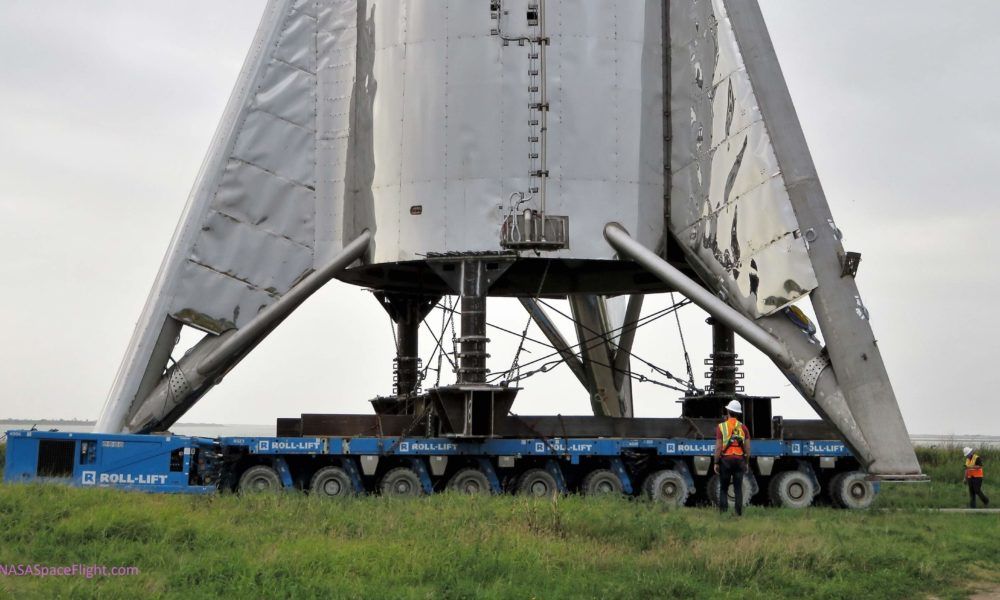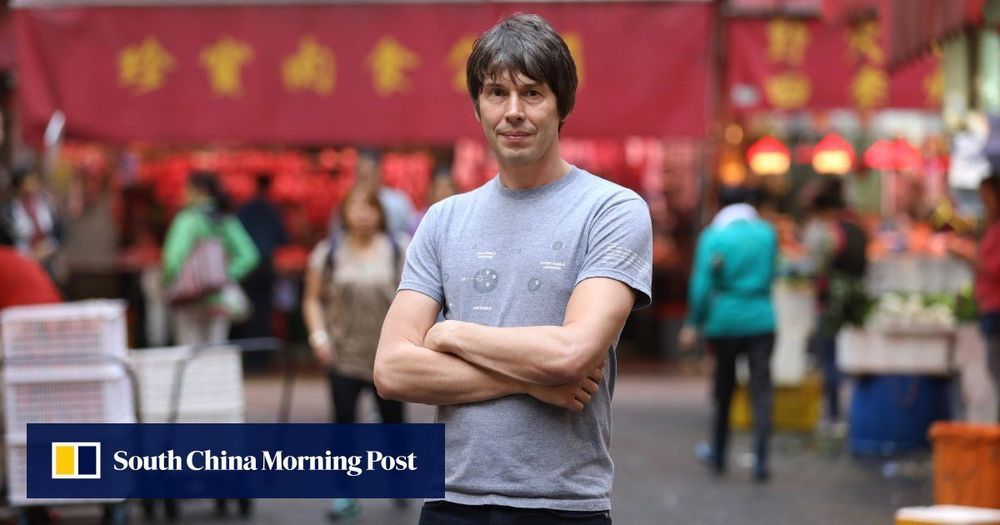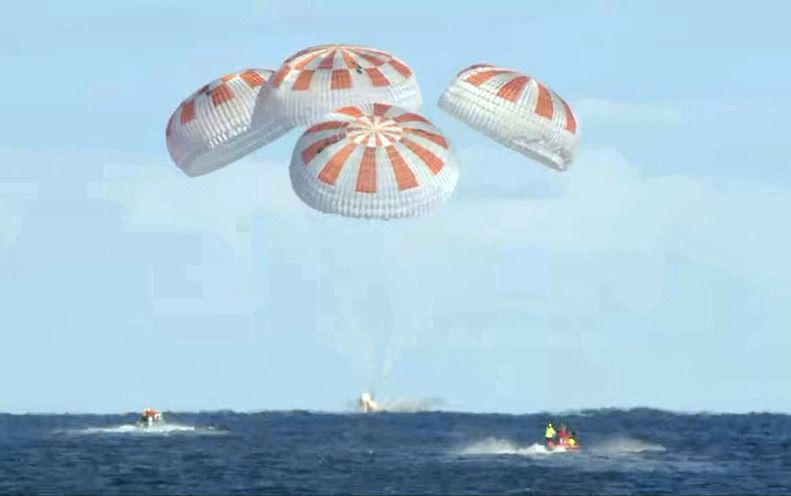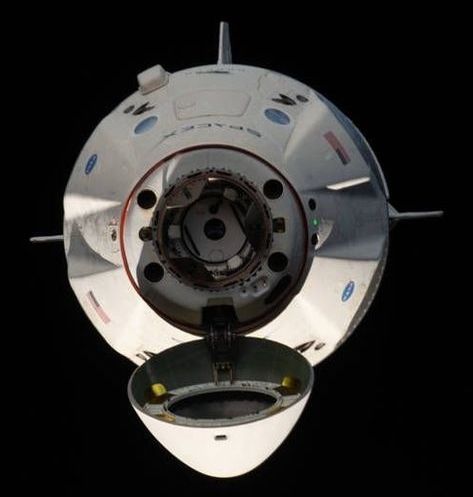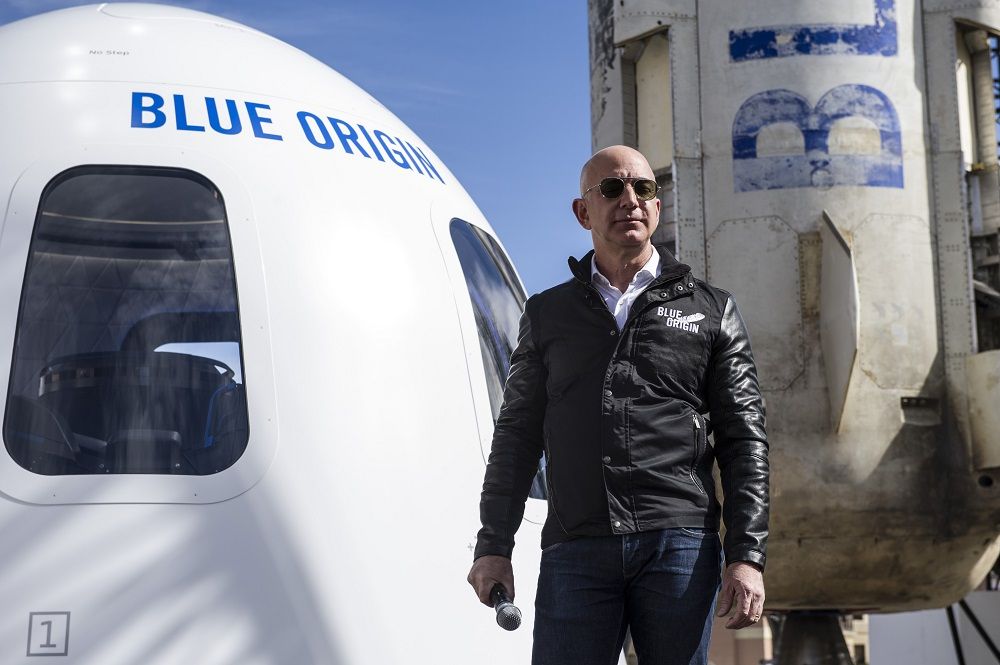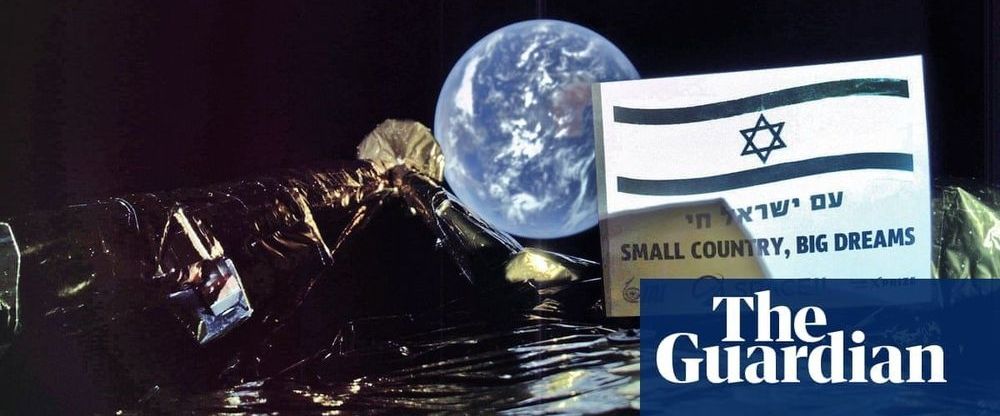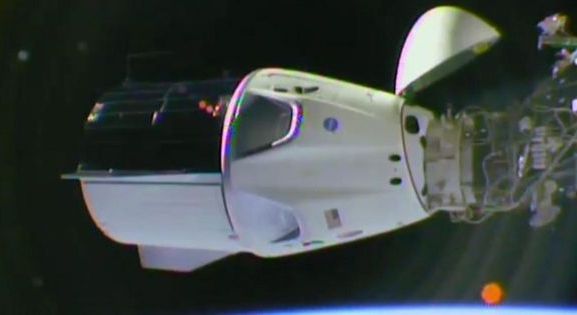These days, it seems anyone wanting to launch rockets will inevitably be compared to Elon Musk and Jeff Bezos, especially if rocket launching isn’t the only business interest on the agenda. Musk has Tesla plus SpaceX, and Bezos has Amazon plus Blue Origin. Now, meet Mark Russell, a disciple of Bezos and rocket engineer who founded HyperSciences, a drilling company that uses aerospace technology to both quickly extract underground geothermal energy and put payloads into orbit at low cost.
The idea of leveraging Earth’s geothermal energy is not a new concept, but the expense and time required to reach the depth needed have been prohibitively expensive. That’s where HyperSciences comes in.
Russell and his team have developed a low-cost, multi-purpose projectile called the HyperDrone that can accelerate to velocities over five times the speed of sound and pulverize hard rock via their HyperDrill. This will enable tunneling speeds that are 5–10 times quicker than conventional methods, and more importantly, it opens up significant market viability in other industries that could benefit, namely when that acceleration is pointed skyward. NASA has already recognized this potential and is a current investor and major partner of HyperSciences.
Read more


